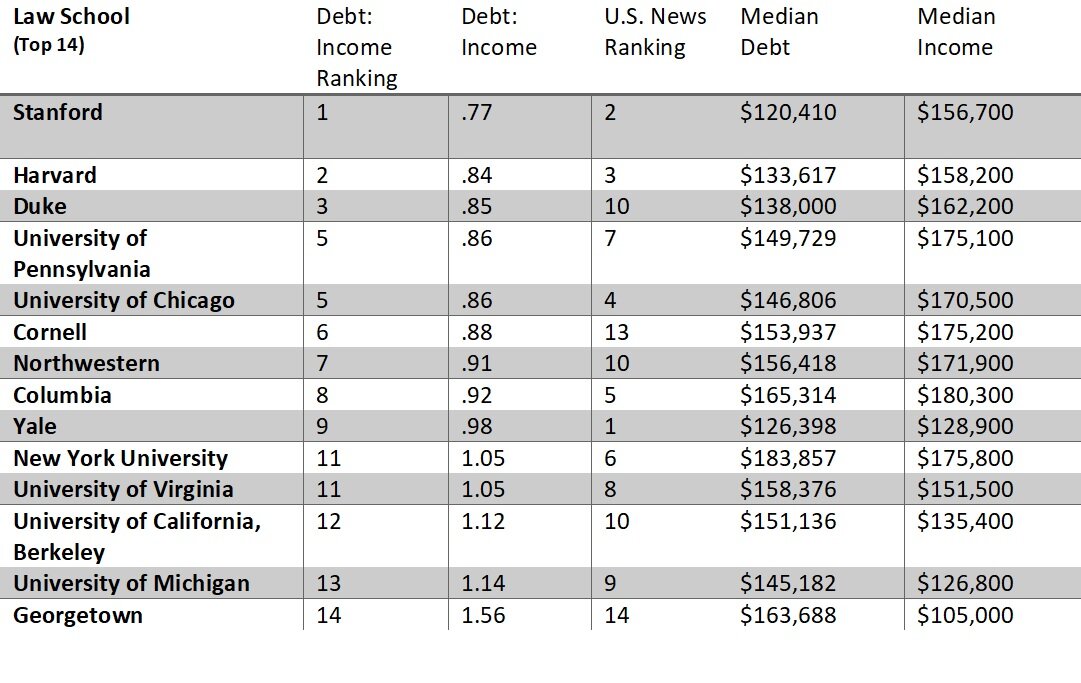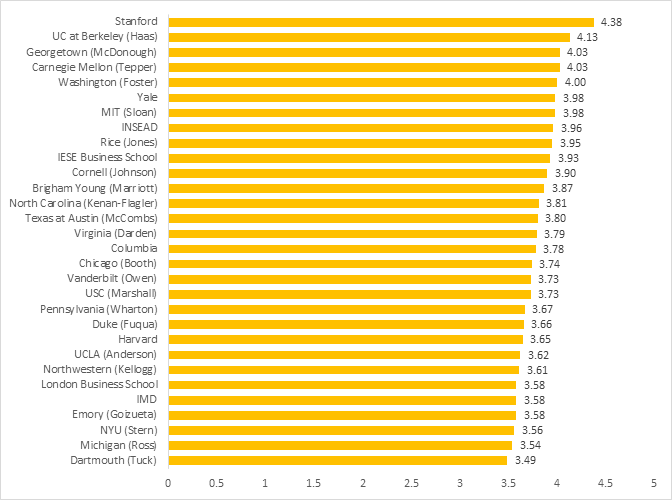With nearly 200 ABA accredited law schools out there, picking 12 to 15 to apply to can feel daunting. We can’t tell you that rankings don’t matter (spoiler alert: sometimes, they really do!), but we can tell you that there is more to consider than just published rankings. Below, we’ve explored some other relevant factors to keep in mind.
Rankings and Prestige. There’s been a lot of buzz over the past year about the efficacy of rankings. While rankings should not be your only metric, they are relevant. For students who know that they want to pursue a federal judicial clerkship or a position in a big law firm post-graduation (most 2022 graduates entering large law firms went to a school in the US News Top 20), attending a top-ranked law school can provide significant benefit.
According to ABA data published in Reuters earlier this year, over 20 percent of the 2022 law graduates at Stanford, Yale, and the University of Chicago (top schools in U.S. News & World Report’s Best Law Schools ranking) obtained federal clerkships upon graduation. But this does not mean that securing such a role would be impossible without having attended a “top” school. Several law schools outside of the top 20, including University of Alabama, Notre Dame, and Baylor, have also placed many students in federal clerkships.
We encourage you to familiarize yourself with the rankings, paying particular attention to the metrics and outcomes that mean the most to you. They are a productive starting point for further investigation. And be sure to take a look at Princeton Review’s Category-Based Rankings, which can provide helpful insight into the various components of the law school experience (Best Classroom Experience, Best Career Prospects, Best Quality of Life, etc.).
Career Placement. If you know what type of career you would like to pursue after law school, dig into the employment placement reports of each school you are considering. Where are graduates getting internships and jobs? Which organizations regularly come to campus for on-campus recruiting? Data is also available for easy comparison on the Law School Transparency website.
Geography. Where you are located plays an important role in your ability to network. If you know where you want to live post-graduation, consider applying to programs that are within that city or state. Similarly, if your goal is to specialize in a particular field (finance, tech, government) or a specific type of law (public service), consider applying to programs that are located near one of the industry’s hubs. This will likely allow you more opportunities to intern, volunteer, or network during the school year.
Tuition. Depending on your goals and financial situation, including any undergraduate debt you carry, it may make sense to opt for a lower cost in-state program over an elite institution. Either way, calculate the expected cost-benefit of different categories of schools: private versus public as well as in-state versus out-of-state.










